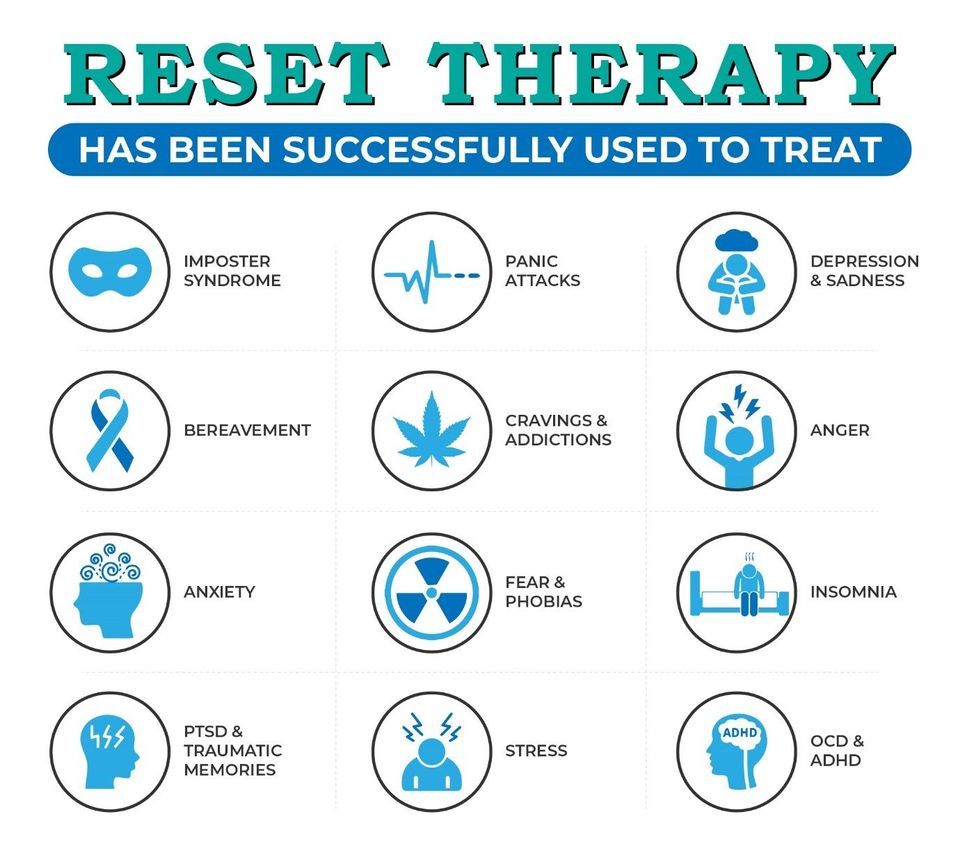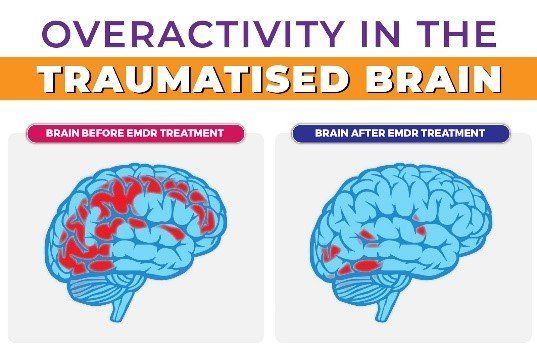EMDR, Eye Movement Desensitisation and Reprocessing, is a proven, evidence-based therapy used to help people recover from distressing events and the trauma these have caused. EMDR is recognised as a treatment for post-traumatic stress disorder (PTSD), by the National Institute for Health and Care Excellence (NICE), and the World Health Organisation (WHO)
Developed in California by clinical psychologist Dr Francine Shapiro, EMDR has been successfully used as a method of trauma therapy since the mid-1990s and is now recognised by NICE (National Institute of Clinical Excellence) as the leading treatment for chronic PTSD (Post Traumatic Stress Disorder). EMDR works with bilateral stimulation, i.e. with both brain hemispheres, primarily through eye movements, and other sensory stimulation. It is one of the most efficient, effective and highly researched therapies out there and is well suited for use in combination with other therapeutic techniques such as NLP, acoustic therapy and bilateral stimulation







